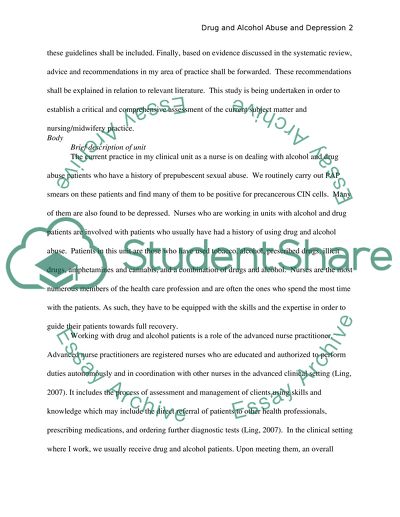Cite this document
(“Systematic Review of Research on Prepubescent Sexual Activity and Paper”, n.d.)
Retrieved from https://studentshare.org/nursing/1424758-systematic-review-of-research-on-prepubescent
Retrieved from https://studentshare.org/nursing/1424758-systematic-review-of-research-on-prepubescent
(Systematic Review of Research on Prepubescent Sexual Activity and Paper)
https://studentshare.org/nursing/1424758-systematic-review-of-research-on-prepubescent.
https://studentshare.org/nursing/1424758-systematic-review-of-research-on-prepubescent.
“Systematic Review of Research on Prepubescent Sexual Activity and Paper”, n.d. https://studentshare.org/nursing/1424758-systematic-review-of-research-on-prepubescent.


